The EJ20 engine debuted in the early 1990s, quickly establishing itself as a performance powerhouse. With its horizontally opposed pistons, this flat-four boxer engine has a unique rumble that Subaru enthusiasts have come to adore. Its design is a matter of distinct acoustics and a testament to Subaru’s dedication to providing a lower center of gravity, leading to superior handling and stability.
Throughout its years of production, the EJ20 has found its way into the engine bays of some of Subaru’s most notable models, becoming synonymous with reliability and potential for power. This engine has proven its versatility from the rally stages to the daily commute.
It’s the force behind the WRX, the power plant that has given the Impreza its wings, and the Forester’s heartbeat, ensuring that performance and excitement are your co-pilots wherever you’re headed.
The EJ20 isn’t just another engine; it’s a significant chapter in Subaru’s history. It represents a philosophy that embraces both performance and practicality. This engine has propelled cars and the aspirations of countless drivers who crave the thrill of the drive coupled with the assurance of enduring engineering.
Subaru EJ20 Engine Specs
The Subaru EJ20 engine is a testament to the manufacturer’s commitment to precision engineering and performance. This flat-four boxer engine has garnered acclaim for its balance, power, and durability. Below, we delve into the specifics that make the EJ20 a standout powertrain in the automotive world.
| Specification | Detail |
|---|---|
| Engine Type | Flat-4, Boxer Engine |
| Displacement | 1994 cc |
| Bore x Stroke | 92 mm x 75 mm |
| Compression Ratio | 8.5:1 – 10.1:1 (varies by model) |
| Power Output | 115–320 hp (varies by model and turbo presence) |
| Torque | 184–290 lb-ft (varies by turbo and tuning) |
| Induction | Naturally Aspirated or Turbocharged |
| Valvetrain | DOHC with 4 Valves per Cylinder |
| Fuel System | Multi-Point or Sequential Fuel Injection |
| Turbo | Single or Twin Turbo (in some models) |
| Intercooler | Air-to-Air or Water-to-Air (for turbo models) |
| Emissions | Meets or exceeds international standards |
| Fuel Type | Unleaded Gasoline (premium for turbo models) |
| Engine Management | Subaru Engine Control Unit (ECU) with OBD-II |
Engine Design and Performance Features
At its core, the EJ20 is designed for balance and efficiency. The boxer configuration ensures that each piston’s movement is naturally counterbalanced by its opposite, minimizing vibration and allowing for smoother operation. This layout, combined with Subaru’s symmetrical all-wheel-drive system, delivers exceptional handling and traction.
The engine features an aluminum alloy block and heads to reduce weight without compromising strength. Its dual overhead camshaft (DOHC) design with four valves per cylinder enhances airflow and allows the engine to breathe more efficiently, resulting in better throttle response and higher power output.
Turbocharged versions of the EJ20, such as those found in the WRX and STI models, come equipped with an intercooler to reduce the air intake temperature, thereby increasing density and allowing for more power. With advancements in turbo technology, these engines provide a significant performance boost while maintaining fuel efficiency.
The EJ20 engines equipped with a turbocharger are particularly notable for their high horsepower output, delivering an exhilarating performance that has made them a favorite among car enthusiasts worldwide. The naturally aspirated versions, while less powerful, are praised for their reliability and smooth power delivery, making them ideal for everyday driving.
What Cars Have A Subaru EJ20 Engine?
- Subaru Forester
- Subaru Legacy
- Subaru Impreza
- Isuzu Aska
- SAAB 9-2X
Understanding the Subaru EJ20 Engine Firing Order
The firing order of an engine is the specific sequence in which each cylinder receives a spark to ignite the fuel-air mixture, thus powering the engine. For the Subaru EJ20 engine, the firing order is crucial to its renowned smoothness and performance.
The Firing Order of the EJ20
The EJ20 engine follows a firing order of 1-3-2-4. This sequence is designed to optimize the balance and power delivery of the flat-four configuration. The horizontal layout of the boxer engine means that the pistons pair off and move in tandem—when one moves in, the opposite moves out.
This naturally counteracts engine vibrations without the need for additional balancing shafts.
Benefits for Engine Balance and Performance
This firing order contributes significantly to the EJ20’s performance. It ensures that the engine runs with minimal vibration, enhancing the longevity of engine components. The equal intervals between combustion events provide a smooth and consistent delivery of power, which translates to responsive acceleration and a more refined driving experience.
Furthermore, the firing order is set to maximize the effectiveness of the exhaust scavenging process. It helps in efficiently clearing the combustion chambers of exhaust gases, which is particularly beneficial in turbocharged EJ20 variants, as it allows for a more rapid intake of fresh air, thus improving the engine’s efficiency and power output.
Subaru EJ20 Engine Problems and Troubleshooting
The Subaru EJ20 engine has a storied reputation for reliability and performance. However, like any mechanical workhorse, it is not without its issues. Understanding these common problems and their solutions is essential for maintaining the engine’s longevity and performance.
Common Issues Encountered with the EJ20 Engine
- Head Gasket Failure: A well-known issue where the head gasket may leak coolant or oil externally or, worse, lead to coolant mixing with the oil.
- Turbocharger Problems: The turbo can fail due to oil starvation or excessive exhaust temperatures on turbocharged models.
- Timing Belt Wear: The EJ20 uses a timing belt that requires regular replacement to prevent catastrophic engine failure.
- Oil Leaks: Common around the cam seals, crank seal, and valve cover gaskets.
- Idle Instability: This can be due to a faulty idle air control valve, vacuum leaks, or dirty fuel injectors.
Diagnostic Tips and Solutions
Head Gasket Failure
- Symptoms: Overheating, white smoke from the exhaust, milky oil, loss of coolant.
- Solution: Replacement of the head gasket and ensuring the engine block and head are not warped.
Turbocharger Problems
- Symptoms: Lack of power, excessive exhaust smoke, high engine oil consumption.
- Solution: Check oil feed lines for blockages, ensure proper cooling down after driving, or replace the turbocharger if necessary.
Timing Belt Wear
- Symptoms: Whirring noise from the belt, visual signs of wear or fraying.
- Solution: Replace the timing belt, tensioners, and water pump as per the maintenance schedule.
Oil Leaks
- Symptoms: Oil spots under the car, burning oil smell, low oil level.
- Solution: Replace the seals and gaskets where the leak is present.
Idle Instability
- Symptoms: Fluctuating idle speed, stalling at idle.
- Solution: Clean or replace the idle air control valve, check for vacuum leaks, and clean fuel injectors.
Table of Solutions for Common EJ20 Engine Issues
| Issue | Symptoms | Solution |
|---|---|---|
| Head Gasket Failure | Overheating, white smoke, milky oil | Oil under the car, burning smell, low level |
| Turbocharger Issues | Lack of power, exhaust smoke, oil consumption | Check oil lines, cool down the turbo, replace |
| Timing Belt Wear | Whirring noise, visual wear | Replace belt and associated components |
| Oil Leaks | Oil under car, burning smell, low level | Replace seals and gaskets |
| Idle Instability | Fluctuating idle, stalling | Clean/replace IAC valve, check for leaks |
When troubleshooting the EJ20 engine, it’s important to diagnose issues accurately to apply the correct fix. Regular maintenance is also crucial to prevent these problems from occurring. Utilizing quality replacement parts and adhering to the recommended service intervals will keep your EJ20 running smoothly for years to come.
The Reliability Factor: Subaru EJ20 Engine Longevity
The Subaru EJ20 engine has been a cornerstone of Subaru’s engineering for decades, earning a reputation for durability and longevity that few can rival. When discussing the EJ20’s lifespan, it’s important to consider how its robust design and proper maintenance converge to define its long-term performance.
Lifespan Expectations for the EJ20
A well-maintained EJ20 engine is typically expected to last beyond 200,000 miles. Several factors contribute to its longevity, such as its rigid boxer design, which naturally reduces wear due to its balanced movement, and Subaru’s commitment to using quality materials and manufacturing processes.
However, reaching these high mileage milestones depends on adhering to a strict maintenance regimen. This includes timely oil changes with high-quality oil, regular timing belt replacements, and ensuring the cooling system is functioning optimally to prevent the notorious head gasket issues.
Reliability in Comparison to Other Engines
When compared to other engines in its class, the EJ20 stands out for a few reasons:
- Design: The boxer layout offers a low center of gravity and fewer vibrations, resulting in less stress on internal components.
- Construction: Aluminum alloys for the engine block and heads provide a strong yet lightweight structure that withstands high temperatures and pressures well.
- Performance: Despite its robust build, the EJ20 doesn’t sacrifice performance, offering a solid balance between efficiency and power output.
The EJ20’s reliability is also reflected in the community of enthusiasts and professionals who champion its endurance. It is a common sight in motorsport, which speaks volumes about its resilience under stressful conditions.
Compared to other engines, the EJ20 may require more attentive care, particularly with its known weak spots like the head gasket. But with proper attention and regular service, it rewards owners with reliability that can outlast many of its contemporaries.
The Subaru EJ20 engine is not just a piece of machinery; it’s a testament to endurance, a powertrain that, with care, will continue to perform for years to come.
Subaru EJ20 Oil Capacity and Recommended Oil Types
Proper lubrication is vital for any engine’s health and performance, and the Subaru EJ20 is no exception. Understanding the optimal oil capacity and the recommended types of oil is key to keeping your EJ20 running smoothly.
Optimal Oil Capacity for the EJ20
The Subaru EJ20 engine has an oil capacity that varies slightly depending on the specific model and year, but it generally holds approximately 4.5 to 5.0 liters (4.8 to 5.3 quarts) when including the filter. It’s crucial to check the oil level with the dipstick and refer to the specific vehicle’s owner manual to ensure the correct amount is used.
Recommended Oil Types for Best Performance
Subaru recommends using synthetic oil for the EJ20 engine to provide the best protection and performance, especially under extreme conditions or performance driving.
Suggested Oil Types:
- For Turbocharged Models: A full synthetic 5W-30 or 5W-40 oil is best for providing the necessary high-temperature protection required for turbo engines.
- For Non-Turbo Models: A synthetic 0W-20 or 5W-30 oil will ensure smooth operation and efficient performance.
Table of Recommended Oil Types for EJ20
| Engine Variant | Recommended Oil Type | Viscosity | Notes |
|---|---|---|---|
| Turbocharged | Full Synthetic | 5W-30/5W-40 | High-temp protection for turbos |
| Non-Turbo | Synthetic | 0W-20/5W-30 | Efficiency and smooth operation |
Considerations for Oil Selection:
- Climate: Choose a viscosity that matches your driving environment; lower viscosities are better for cold climates, and higher viscosities are suited for hot climates.
- Driving Habits: For aggressive driving or racing, higher viscosity, and full synthetic oil provide additional protection.
- Engine Age: High-mileage engines might benefit from slightly thicker oil to compensate for increased clearances due to wear.
The right oil not only ensures the longevity of your engine but can also affect its responsiveness and efficiency. Always ensure that your chosen oil meets or exceeds Subaru’s API and ACEA specifications.
Timing Belt or Chain: Subaru EJ20’s Synchronization System
The Subaru EJ20 engine utilizes a timing belt to synchronize its crankshaft and camshaft rotations, ensuring the engine’s valves open and close correctly during each cylinder’s intake and exhaust strokes. This precise timing is critical for the engine’s performance and longevity.
Pros and Cons of the EJ20 Timing Belt
Pros:
- Quiet Operation: Timing belts offer a quieter operation compared to chains.
- Lightweight: Belts are lighter, which can help slightly improve engine efficiency.
- Cost: Typically, it is less expensive to produce and replace than chains.
Cons:
- Durability: Timing belts are less durable than chains and require regular replacement.
- Maintenance: If a timing belt fails, it can cause severe engine damage, especially in interference engines like the EJ20.
Maintenance Schedule
The timing belt on a Subaru EJ20 engine should be inspected regularly and is typically recommended to be replaced every 60,000 to 100,000 miles, depending on the vehicle’s specific model year and use case. Here are key points for maintaining the EJ20’s timing belt:
- Regular Inspections: Check for cracks, fraying, and proper tension.
- Replacement Intervals: Follow Subaru’s recommended service intervals for timing belt replacement.
- Consider Environment: Harsh conditions may necessitate more frequent inspections and replacements.
Key Takeaways:
- Ensure adherence to the maintenance schedule to prevent premature engine wear or failure.
- Use only high-quality replacement parts to maintain engine integrity.
- Consider the replacement of water pump and pulleys when changing the timing belt for comprehensive maintenance.
The timing belt is a critical component of the EJ20 engine, and diligent attention to its maintenance can help avoid costly repairs and extend the engine’s life.
Interference or Non-Interference: Subaru EJ20 Engine Design
The Subaru EJ20 is an interference engine, which means that the space between the pistons and valves is such that they can collide if the timing belt fails. This design is chosen because it allows for larger valves and higher compression ratios, contributing to better engine performance and efficiency.
Implications of the Interference Design:
- Higher Compression Ratios: Allow for an increase in engine power and efficiency.
- Precise Timing Required: The timing belt must be in good condition to prevent the pistons and valves from colliding.
Impact on Repairs and Maintenance:
- Critical Maintenance: The timing belt’s condition is crucial; it must be replaced at the recommended intervals.
- Potential for Damage: If the timing belt breaks, the engine can suffer significant damage, leading to costly repairs.
Because of these factors, owners of vehicles with the EJ20 engine need to be diligent about maintenance. Regular service ensures the engine’s longevity and helps prevent the high costs associated with repairing an interference engine after a timing failure.
Fuel Efficiency Insights: Subaru EJ20 MPG Ratings
Fuel efficiency is a key aspect of vehicle ownership costs, and the Subaru EJ20 engine offers a balance of performance and fuel economy. Understanding its MPG ratings and how to maximize fuel efficiency is valuable for any Subaru owner.
The EJ20’s fuel consumption varies based on model, driving conditions, and whether the engine is turbocharged. Typically, naturally aspirated variants of the EJ20 can expect an average fuel economy in the range of 20-30 MPG (miles per gallon), while turbocharged versions may see a range of 18-25 MPG due to the increased power output.
Table of Subaru EJ20 MPG Ratings by Model
| Subaru Model with EJ20 | City MPG | Highway MPG |
|---|---|---|
| Impreza WRX (Turbo) | 18 | 25 |
| Legacy 2.0 (NA) | 23 | 30 |
| Forester 2.0 (NA) | 22 | 28 |
Tips for Improving MPG
To enhance the fuel efficiency of your Subaru EJ20, consider the following tips:
- Regular Maintenance: Keep up with regular maintenance schedules, including oil changes and air filter replacements.
- Tire Pressure: Maintain the correct tire pressure for reduced rolling resistance.
- Smooth Driving: Accelerate smoothly and avoid hard braking to conserve fuel.
- Weight Reduction: Remove unnecessary weight from the vehicle to reduce fuel consumption.
- Use Recommended Fuel: Use the grade of fuel recommended by Subaru for the best balance of performance and economy.
- Cruise Control: Utilize cruise control on highways to maintain a consistent speed.
- Aerodynamics: Minimize drag by keeping windows closed at high speeds and removing roof racks when not in use.
Adhering to these tips can help ensure that your Subaru EJ20 engine runs as efficiently as possible, saving you money at the pump and reducing your environmental footprint.
Optimal Spark Plugs and Gap Settings for the Subaru EJ20
The spark plug is a small but crucial component in an engine’s performance and efficiency. For the Subaru EJ20 engine, using the right spark plugs and setting the correct gap can significantly impact engine response and overall functionality.
Due to their durability and superior performance, Subaru recommends using iridium spark plugs for the EJ20 engine. These plugs are designed to last longer, resist fouling, and provide a stable spark, which is especially important for turbocharged engines or subjected to high-performance driving conditions.
Suggested Brands and Models:
- NGK: The NGK Iridium IX or Laser Iridium are popular choices, providing good longevity and optimal performance.
- Denso: Denso Iridium TT or Iridium Power are also well-regarded for their high quality and performance characteristics.
Gap Settings for Peak Performance
The spark plug gap is the distance between the center and ground electrode where the spark occurs. For the EJ20 engine, the correct gap setting is essential for proper ignition and combustion.
Factory Gap Specifications:
- Naturally Aspirated Engines: The typical spark plug gap for naturally aspirated EJ20 engines is between 0.7 to 0.8 mm (0.028 to 0.031 inches).
- Turbocharged Engines: For turbocharged variants, a slightly tighter gap of 0.6 to 0.7 mm (0.024 to 0.028 inches) is often recommended to ensure a strong spark under higher boost pressures.
Tips for Gapping:
- Precision Tool: Always use a feeler gauge or wire-style gap tool for accuracy.
- Check New Plugs: Even new spark plugs should be checked and adjusted if necessary to match the vehicle’s requirements.
- Consistency: Ensure all spark plugs are gapped consistently for uniform performance across all cylinders.
By selecting the recommended spark plugs and adhering to the appropriate gap settings, the Subaru EJ20 engine can achieve optimal combustion, resulting in smoother running, improved fuel efficiency, and enhanced driving experience.
Horsepower Capabilities of the Subaru EJ20 Engine
The Subaru EJ20 engine, celebrated for its reliability and engineering, comes with varying horsepower ratings depending on the model and year. In its most basic naturally aspirated form, the EJ20 generates approximately 150 horsepower. However, when turbocharged and intercooled in models like the WRX STI, it can produce upwards of 300 horsepower.
Horsepower Ratings:
- Naturally Aspirated Models: Around 150 hp to 165 hp.
- Turbocharged Models: From 210 hp in early WRX models to over 300 hp in WRX STI variants.
Enhancing Performance:
Owners looking to boost the EJ20’s horsepower have several options:
- ECU Tuning: Reflash or replace the engine’s computer for better fuel and ignition management.
- Turbo Upgrades: Installing a larger or more efficient turbocharger can significantly increase power.
- Exhaust Modifications: A less restrictive exhaust system allows the engine to breathe better and adds horsepower.
- Intake System: Upgraded air intakes can improve airflow and contribute to performance gains.
With proper tuning and modifications, the EJ20’s horsepower can be significantly increased, making it a favorite for enthusiasts looking to extract more power from their engines.
Maintaining the Subaru EJ20 Engine Coolant System
The coolant system in the Subaru EJ20 engine plays a pivotal role in engine performance and longevity. Proper coolant use is essential to prevent overheating, corrosion, and in the worst cases, engine failure.
Importance of Proper Coolant
Coolant, or antifreeze, is a heat transfer fluid that absorbs engine heat and dissipates it through the radiator. It also contains anti-corrosive properties that protect the engine’s internal components. Here’s why the right coolant is crucial for the EJ20:
- Temperature Regulation: Maintains optimal operating temperatures in both hot and cold climates.
- Corrosion Prevention: The correct coolant mix inhibits rust and corrosion that can damage the engine.
- Boil-over and Freeze Protection: Coolant raises the boiling point and lowers the freezing point of the cooling system’s fluid.
- Lubrication: Helps lubricate the water pump, extending its service life.
Recommended Coolant Types
Subaru specifies using its Super Coolant or an equivalent that meets its quality standards for the EJ20 engine. This type of coolant is typically ethylene glycol-based with additives that protect against corrosion.
Guidelines for Coolant Use:
- Coolant-to-Water Ratio: A 50/50 mix of coolant to distilled water is recommended for most climates.
- Change Intervals: Subaru Super Coolant can last up to 11 years or 137,500 miles before needing a change. A change every two years or 30,000 miles is advisable for traditional coolants.
- Regular Checks: Monitor coolant levels and condition regularly and before long trips.
Considerations:
- Never Mix Coolants: Mixing different types of coolants can reduce their effectiveness and potentially cause damage.
- Use Distilled Water: Tap water can introduce minerals that form deposits in the cooling system.
Choosing the right coolant and maintaining the cooling system properly ensures that your Subaru EJ20 engine operates efficiently, avoiding overheating and maximizing its lifespan.
Choosing the Right Engine Air Filter for Your Subaru EJ20
For your Subaru EJ20 engine to breathe efficiently and perform at its best, selecting the appropriate engine air filter is vital. The air filter is the engine’s first line of defense against airborne contaminants, ensuring that only clean air reaches the combustion chambers.
Benefits of Quality Air Filtration
A high-quality air filter offers several advantages:
- Engine Protection: Traps dirt, dust, and other harmful particles, preventing them from entering the engine and causing wear.
- Improved Performance: Allows for optimal airflow, which is critical for maintaining engine power and responsiveness.
- Enhanced Efficiency: A clean filter ensures proper air-fuel mixture, potentially improving fuel economy.
- Extended Engine Life: Reduces the risk of engine damage and prolongs its lifespan by keeping the internal components clean.
Replacement Intervals
Subaru recommends inspecting the air filter every 12,000 miles and replacing it as needed, typically every 30,000 miles under normal driving conditions. However, these intervals can vary based on driving habits and environmental factors:
- Frequent Dusty Road Driving: Check and replace more frequently if you regularly drive on unpaved or dusty roads.
- Urban Areas with High Air Pollution: More frequent changes may be necessary due to higher air particulate levels.
- Performance Driving: If the vehicle is used for performance or track days, more frequent inspections and replacements ensure the engine receives clean air.
Considerations When Choosing an Air Filter:
- Quality Materials: Look for filters made from high-grade materials that balance air flow and filtration.
- Proper Fit: Ensure the filter fits snugly in the airbox without gaps that could let in unfiltered air.
- Type of Filter: Standard paper filters are sufficient for regular use, but performance filters made of fabric or foam may be beneficial for a more performance-oriented setup.
Regularly maintaining and replacing the air filter is a simple yet crucial aspect of Subaru EJ20 care. It’s an investment in your engine’s health and performance, ensuring it continues running efficiently for the long haul.
FAQs
Q: What is the typical lifespan of a Subaru EJ20 engine?
A: A Subaru EJ20 can last well over 200,000 miles with diligent maintenance. Factors such as driving habits, environment, and adherence to service intervals can affect longevity.
Q: How often should I change the oil in my EJ20 engine?
A: Subaru recommends an oil change every 3,000 to 5,000 miles, but intervals can depend on the oil type and your driving conditions. Always consult your owner’s manual for specific guidance.
Q: What type of oil is best for the Subaru EJ20?
A: High-quality synthetic oil is recommended, especially for turbocharged models. Viscosity ratings can vary, but 5W-30 or 5W-40 are common choices for performance and protection.
Q: Can I use aftermarket parts for engine maintenance?
A: Aftermarket parts can be used, but ensure they meet or exceed the original equipment manufacturer’s (OEM) specifications for the best performance and fit.
Q: How do I know if my EJ20 timing belt needs replacing?
A: Look for signs of wear like cracking or fraying. Subaru typically suggests replacing the timing belt every 60,000 to 100,000 miles, but refer to your vehicle’s service manual for the precise interval.
Q: What are the signs of head gasket failure in the EJ20?
A: Key symptoms include overheating, white smoke from the exhaust, and oil or coolant leaks. A professional should check any suspicion of a failing head gasket immediately.
Q: Is the EJ20 engine prone to overheating?
A: The EJ20, like any engine, can overheat if the cooling system is not maintained. Regular checks of the coolant level and radiator and periodic replacement of the thermostat and water pump can prevent overheating issues.
Q: What upgrades can I make to improve EJ20 performance?
A: Performance can be enhanced with various upgrades, such as ECU tuning, exhaust modifications, air intake systems, and intercooler upgrades for turbocharged models.


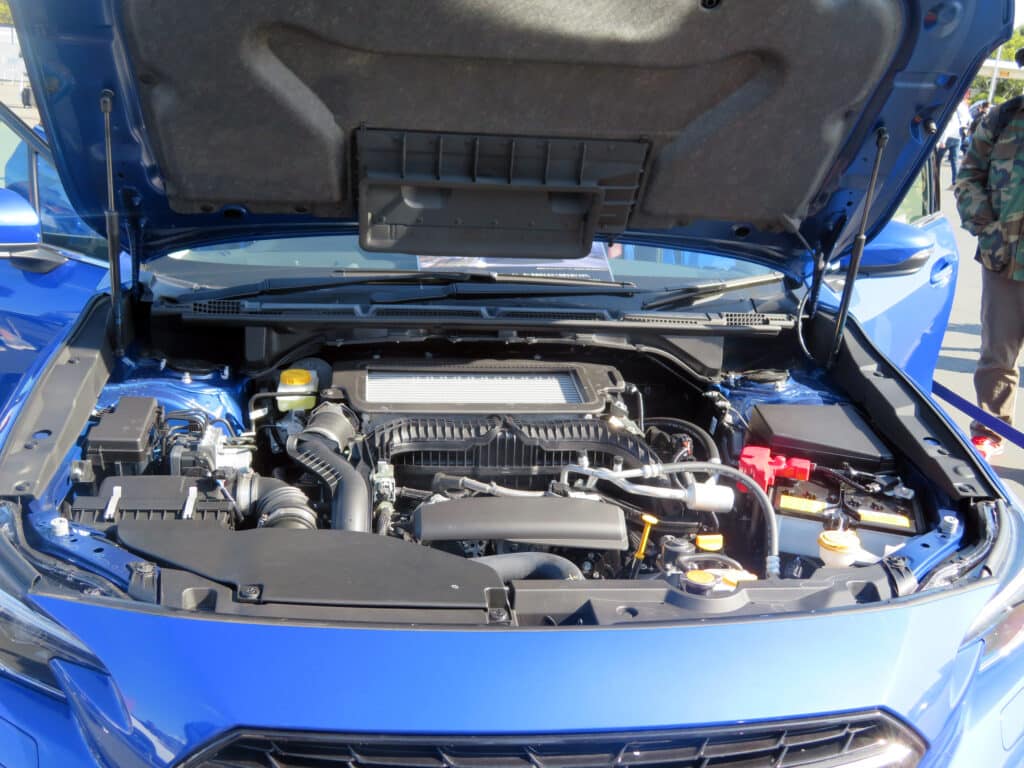
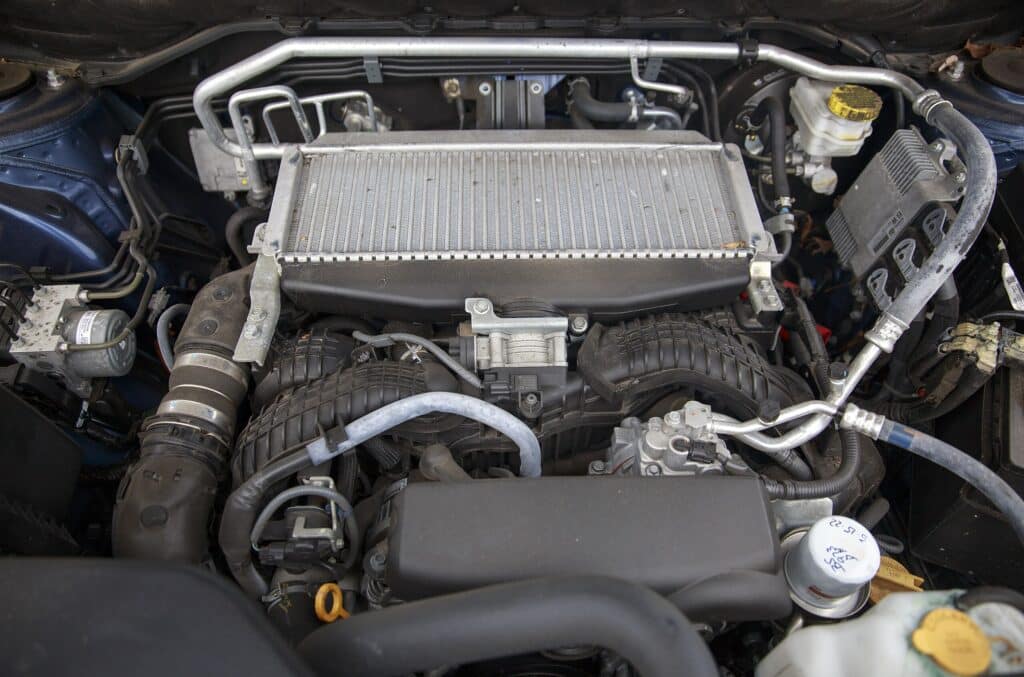
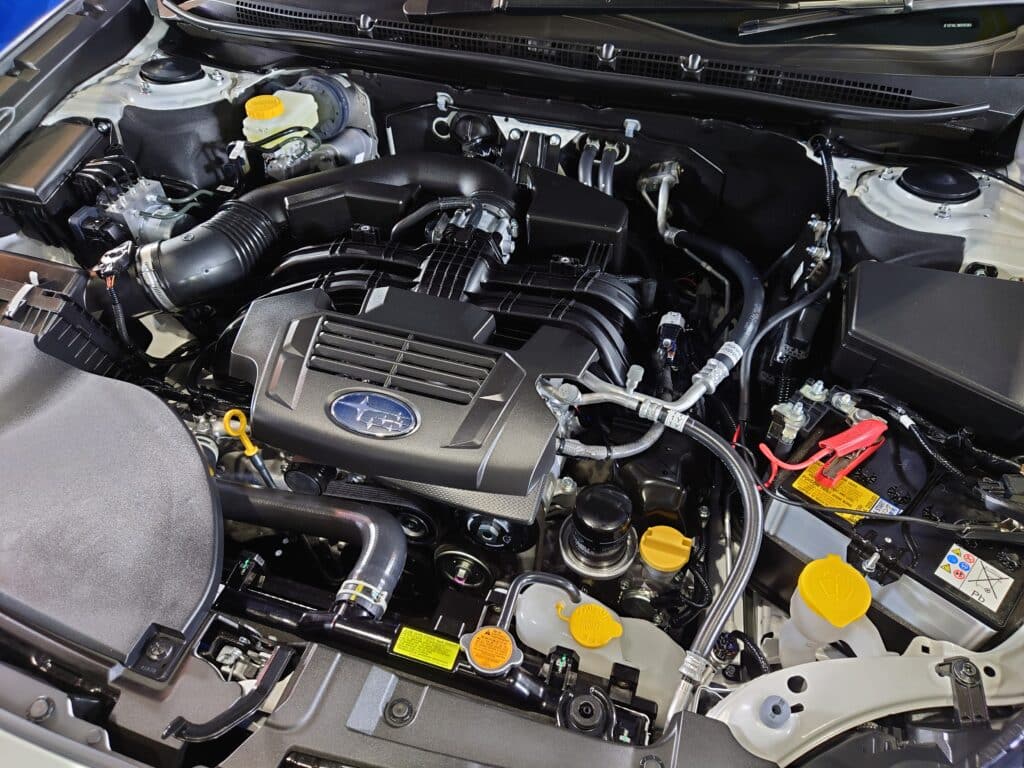

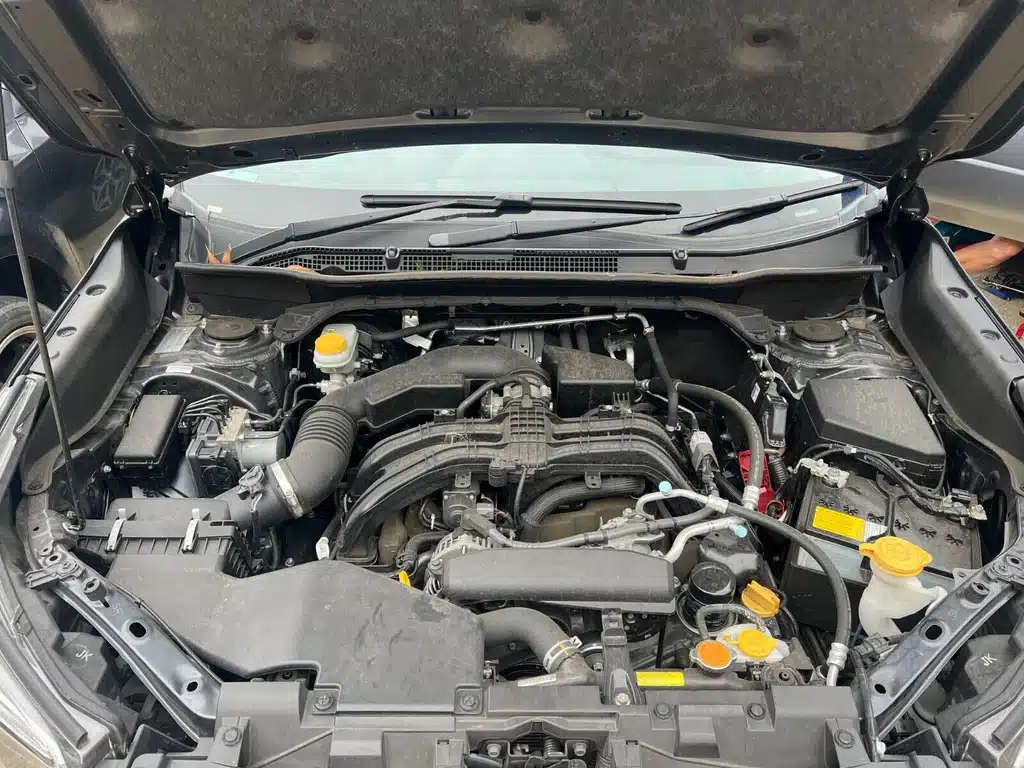

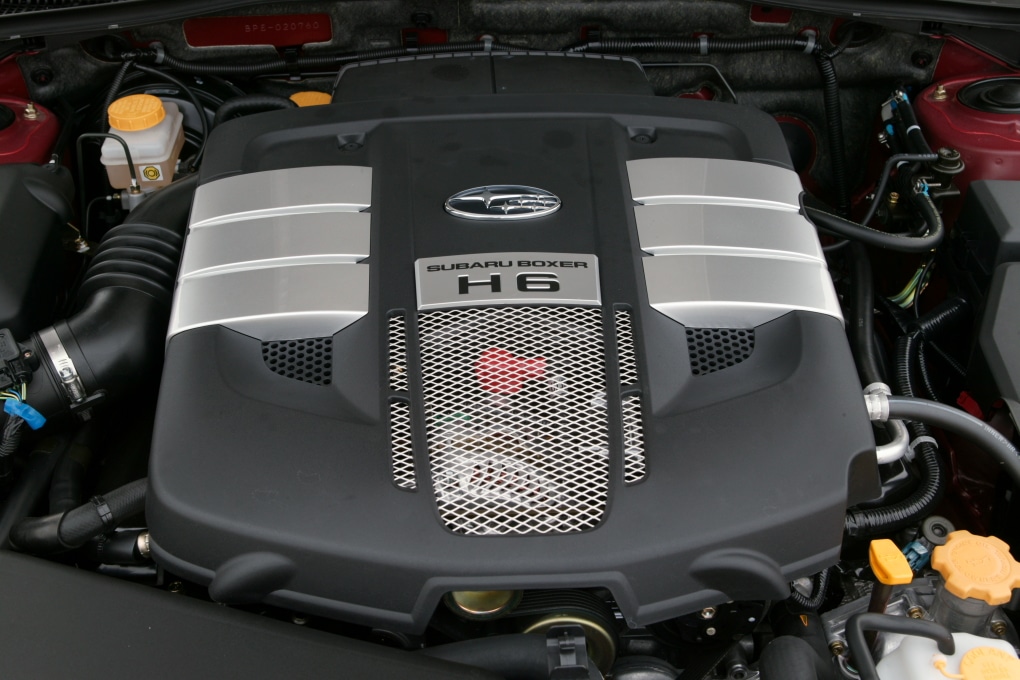
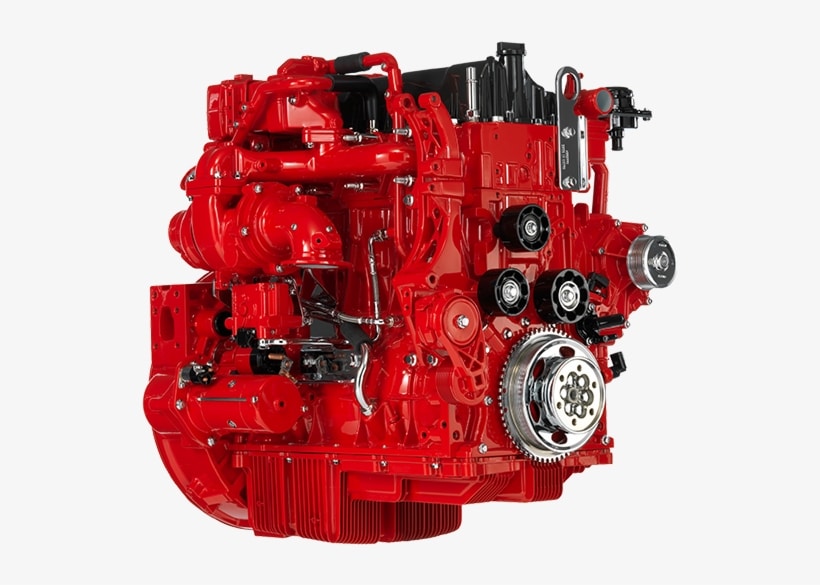
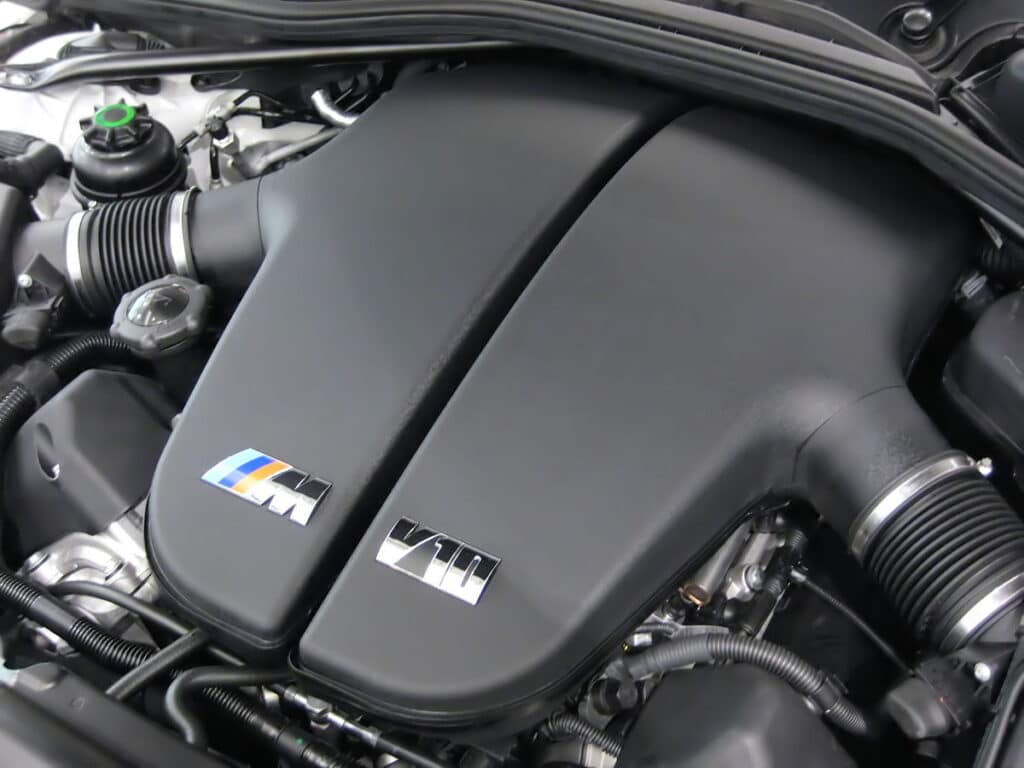
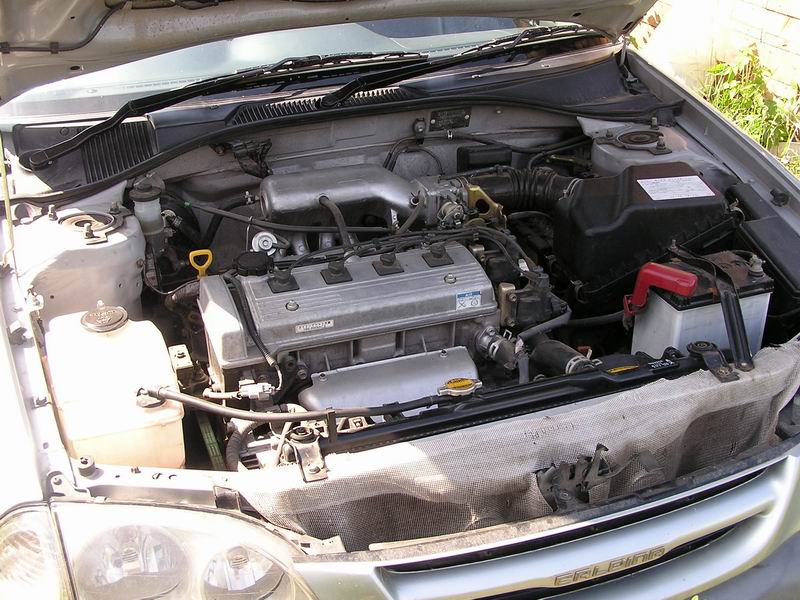
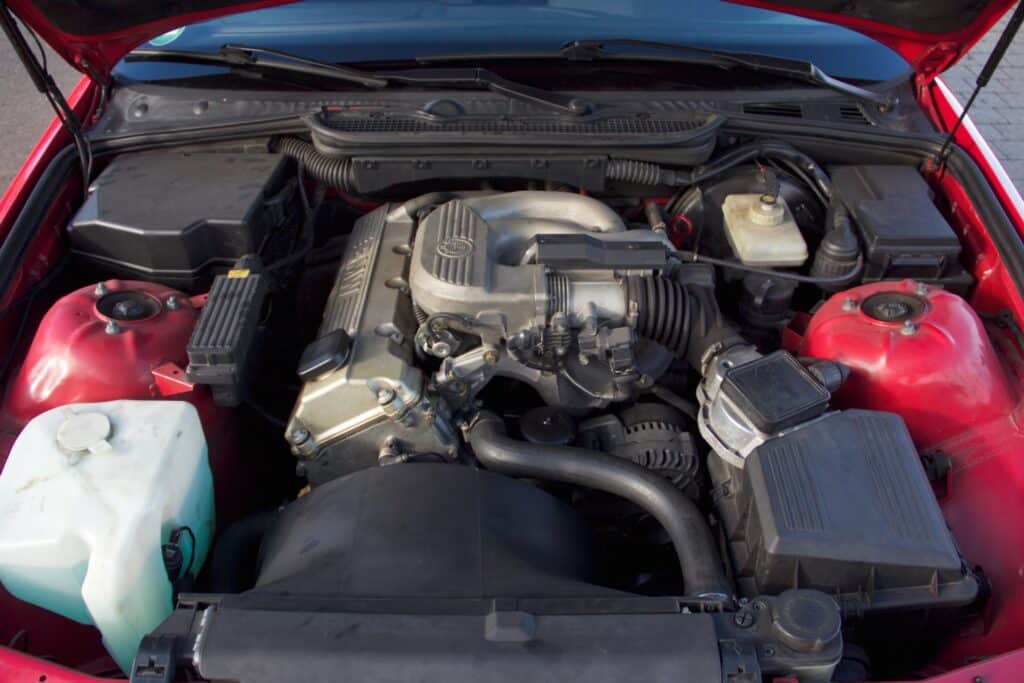
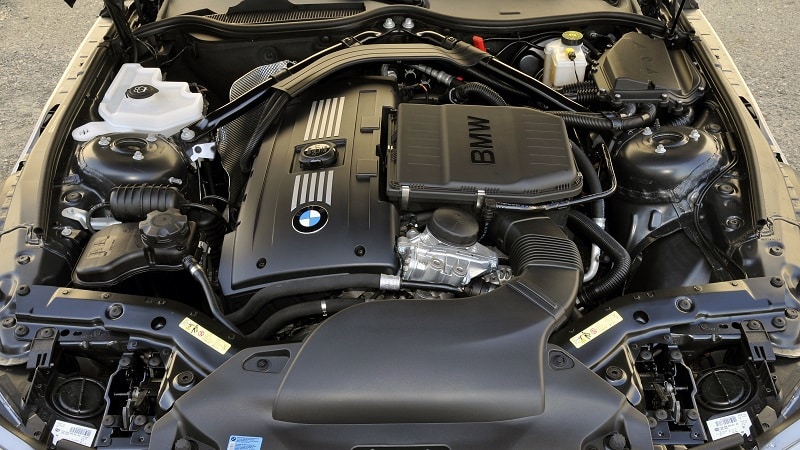

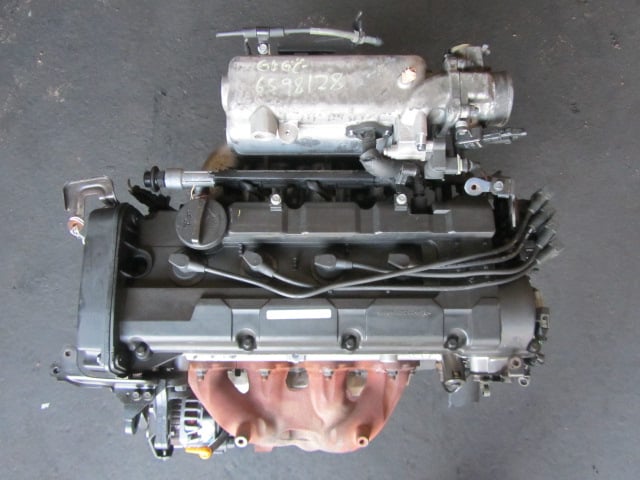
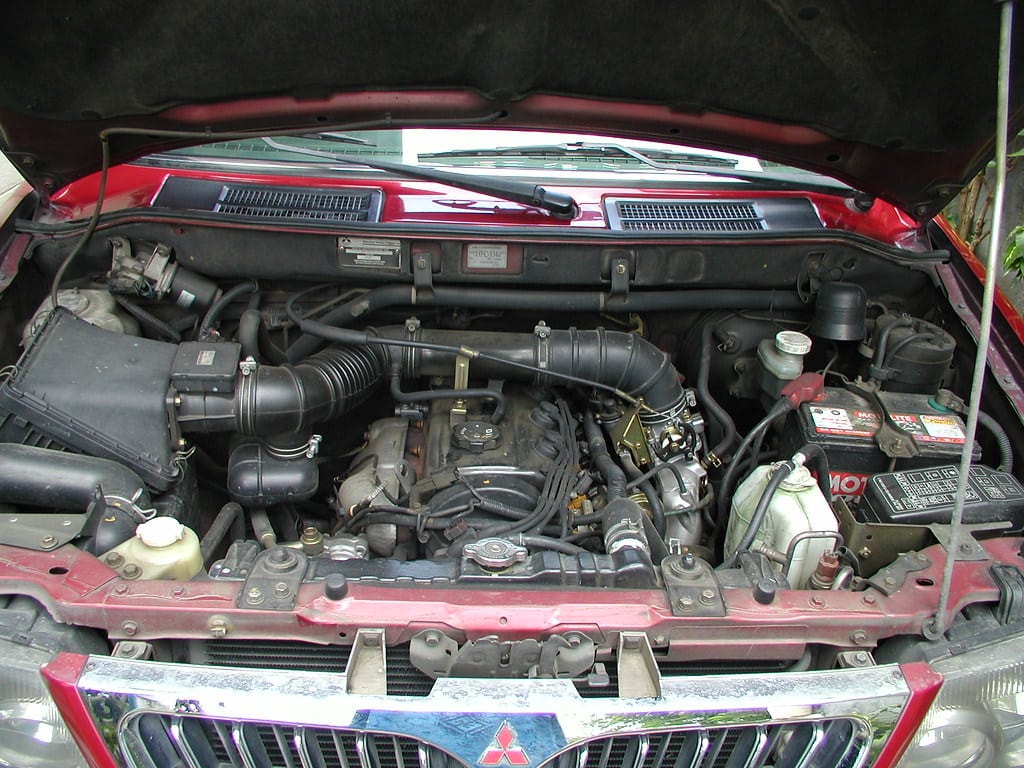
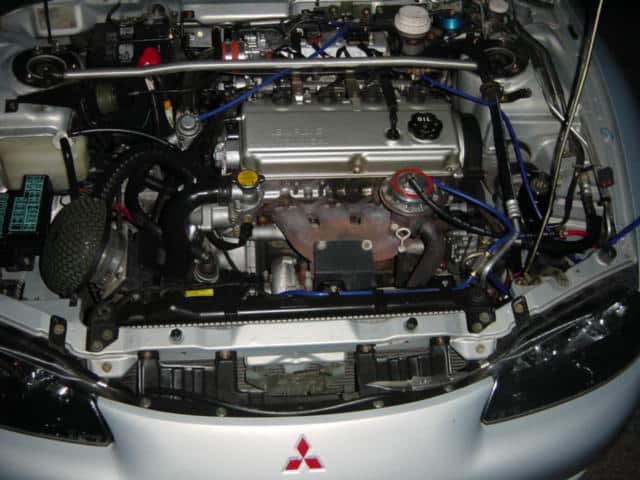
Pingback: Subaru EJ25 2.5l engine | Engines Work